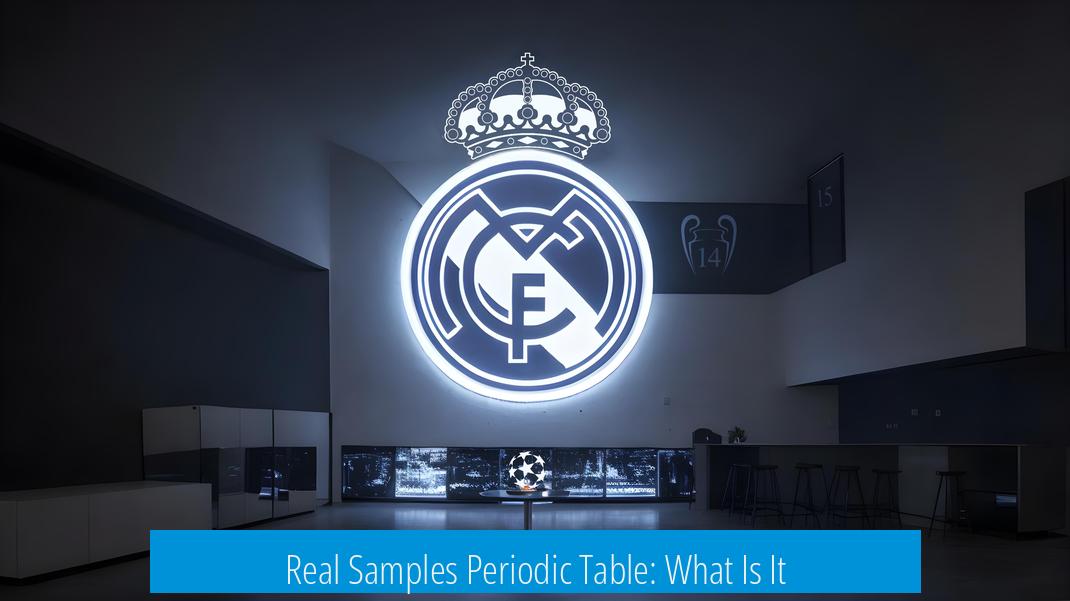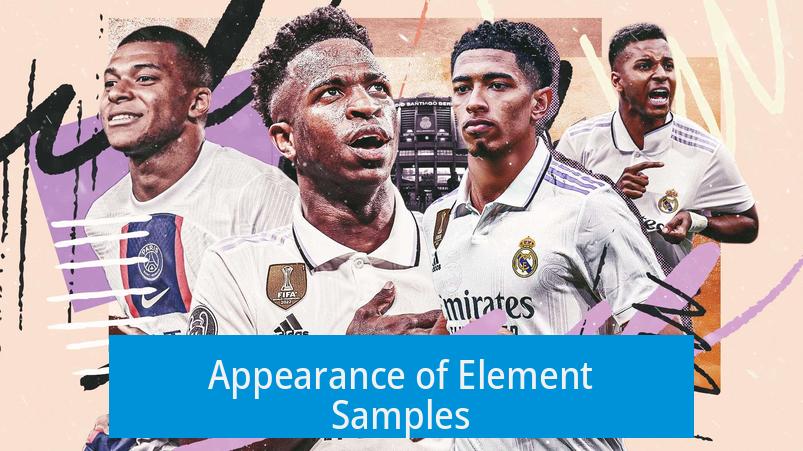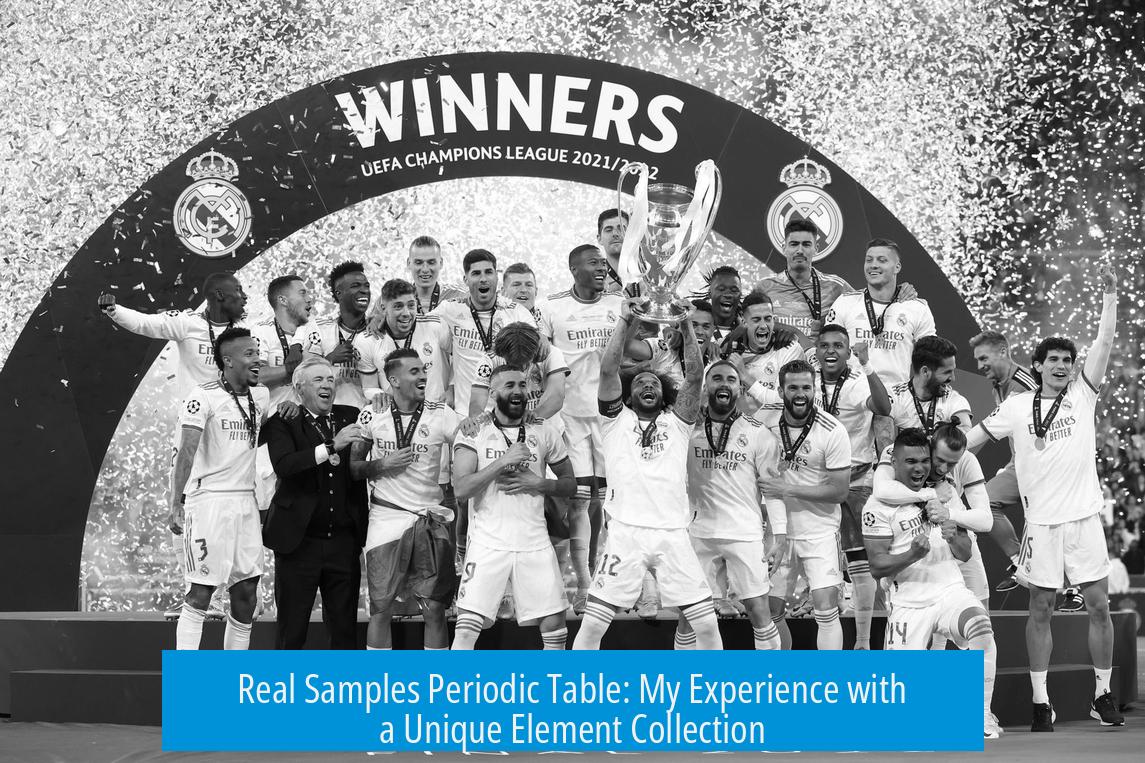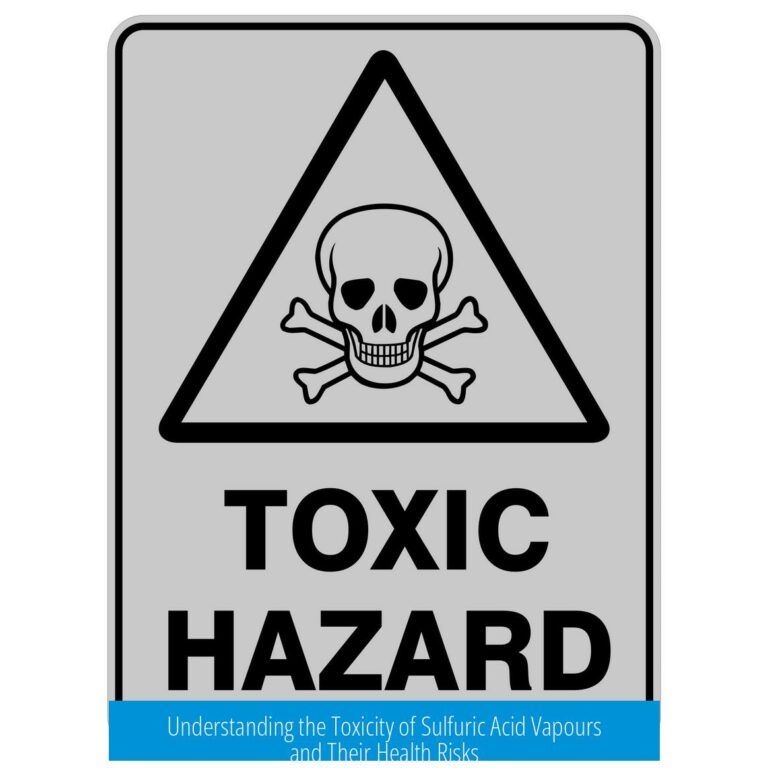Real Samples Periodic Table: What Is It?

A periodic table containing real samples of the elements (minus radioactive ones) is a display where each element is physically represented by a tiny, authentic fragment embedded within a protective medium. This includes metals, nonmetals, and gases, but avoids highly radioactive or unstable elements for safety and longevity reasons.
What Elements Are Included and Excluded?
The periodic table comes with real samples from most elements. It intentionally excludes highly radioactive elements like polonium or radon. However, some naturally weakly radioactive elements, such as uranium and thorium, are sometimes included. Bismuth, often considered stable due to its very long half-life of around 1.9 × 1019 years, is included despite its minimal radioactivity, which is practically negligible for handling.
Elements with extreme radioactivity or short half-lives are not part of the set due to safety and availability issues. Francium and other highly unstable alkali metals are typically excluded because of rarity and extreme reactivity, although small quantities of cesium and other alkali metals may be included with cautions.
Handling and Safety Considerations

Alkali metals such as sodium, potassium, and cesium are highly reactive and can react violently with water or moisture. If these elements are part of the samples, they are usually sealed meticulously in inert oils or glass to prevent exposure.
The packaging ensures no direct contact with air or moisture, which would cause corrosion or explosions. The alkali metals should never be exposed to rain or humidity. Similarly, mercury appears sealed due to its toxic vapor and liquid state at room temperature. The element samples are safely embedded in a plastic or acrylic sheet to stabilize them and prevent exposure.
Gases and Their Containment
Gaseous elements pose a packaging challenge. Typically, noble gases like helium, neon, argon, krypton, and xenon must be sealed in tiny glass ampoules. These ampoules are embedded within plastic layers to avoid breakage. Questions often arise regarding helium containment since it easily leaks from vessels. Manufacturers ensure robust seals with proper glasswork to maintain the sample’s integrity.
Appearance of Element Samples

- Metals: Mostly look like small chunks or granules, predominantly gray or silver.
- Nonmetals: Sulfur is bright yellow, phosphorus white or red depending on allotrope.
- Halogens: Chlorine and bromine are liquids at room temperature but often look unusual, sometimes perceived as fake due to color and containment in tiny sealed capsules.
- Mercury: While metallic and liquid in reality, sometimes its color in samples looks strange due to lighting or container tint.
- Carbon: Usually in graphite form; diamond inclusion is rare but desired.
Packaging, Construction, and Material Challenges
Real element periodic tables use resin, usually acrylic, to encase and protect samples. This prevents oxidation and contact, ensuring longevity. The acrylic is transparent to allow clear visibility of the elements within.
Packaging gases like helium requires sealed glass containers carefully embedded in acrylic sheets. These sheets are typically firm and lightweight but durable enough to safeguard the fragile samples.
Some products on the market only simulate this concept, embedding pictures or replicas instead of real elements. Authentic versions display actual fragments or sealed samples, raising their value and educational use.
Design and Value

The design generally follows the standard periodic table layout. However, the inclusion of physical samples adds unique tactile and visual appeal.
A few wishes among users include:
- A diamond crystal for carbon representation, emphasizing its allotropes.
- Larger or more visually distinct samples of key elements.
- A version including safely handled radioactive elements, although this poses regulatory and safety challenges.
Purchase Considerations and Pricing
These tables can be purchased online from specialty vendors or mainstream platforms like Amazon. Prices vary widely but often range from $200 to over $500 USD, depending on quality, completeness, and packaging sophistication.
Beware of scams. Some sellers offer inexpensive versions that contain no real samples but only pictures embedded in acrylic blocks. Authentic versions come with certificates of authenticity and clearly list which elements are included.
Shipping times vary but typically arrive within a few weeks. Proper packaging ensures no damage during transit.
Community Interest and Reactions
The real elements periodic table fascinates educators, students, and chemistry enthusiasts. It’s a powerful teaching tool that brings abstract concepts to life.
Users appreciate the concrete representation of such a foundational scientific tool. Comments include admiration for the craftsmanship and curiosity about how the reactive and gaseous samples are contained.
On the other hand, some skepticism exists regarding the accuracy or authenticity of the samples, especially for elements like bromine, chlorine, and mercury, which appear counterintuitive at first glance.
Specific Element Highlights
| Element | Sample Form | Special Notes |
|---|---|---|
| Helium (He) | Gas in sealed glass ampoule | Sealed to prevent leakage; fragile container |
| Sodium (Na), Potassium (K), Cesium (Cs) | Metals sealed in inert medium | Highly reactive; must avoid water and air exposure |
| Bismuth (Bi) | Metallic chunk | Very long half-life; considered stable for display |
| Uranium (U), Thorium (Th) | Metal samples | Mildly radioactive; often included despite radioactivity |
| Mercury (Hg) | Liquid metal sealed in glass | Appearance sometimes reddish due to lighting or container |
| Carbon (C) | Graphite or amorphous carbon | Diamond inclusion rare; would enhance value |
Questions and Curiosities Addressed
- How are gases contained? They are sealed in glass ampoules embedded in acrylic sheets.
- Are radioactive elements included? Mostly not, but uranium and thorium sometimes are.
- Are alkali metals present? Yes, but safely sealed due to high reactivity.
- Why does mercury look odd? Lighting and container factors can alter its apparent color.
- Can one get Francium or other rare elements? Typically no, due to rarity and extreme instability.
- What about element 115? It is synthetic with very short half-life; not included in samples.
Summary of Key Points
- The periodic table with real samples showcases authentic fragments of most elements, excluding highly radioactive or unstable ones.
- Elements that are highly reactive or gaseous are carefully sealed to ensure safety and containment.
- Packaging uses clear resin or acrylic sheets embedding glass ampoules or solid samples.
- Prices vary but authentic sets cost a few hundred dollars; caution is needed to avoid counterfeit products.
- The display aids chemistry education, sparking curiosity and appreciation for elemental diversity.
- Mildly radioactive but very long-lived elements like bismuth may be included; highly radioactive elements typically are not.
- Gases are sealed inside fragile glass capsules; alkali metals are stabilized in inert oils or sealed containers.
- Despite some criticisms related to aesthetic appearance or authenticity, overall such periodic tables are valuable teaching and collector items.
I Bought a Periodic Table Containing Real Samples of the Elements (Minus Radioactive Ones!) — Here’s What It’s Like
Ever dreamt of owning a periodic table with real element samples embedded right in it? Sounds like a mad scientist’s treasure chest, right? Well, I did it. I bought one of those fancy periodic tables where every tile holds a tiny sample of an element—minus most radioactive ones. Spoiler alert: uranium and thorium made a sneaky cameo. Let me take you through the wild and surprisingly tricky world of owning such a collector’s gem.
What’s Actually in This Table?
At first glance, you’d think all 118 elements would be included. But no. Radioactive elements are mostly missing because, well, safety first. Except for uranium and thorium. Yep, those two radioactive troublemakers crash the party anyway. So, down to earth—you get almost all the stable elements in their pure form. But be warned: things get interesting with some elements.
Take bismuth, for example. It’s not radioactive in the everyday sense, but its half-life clocks in at about 19 quintillion years—which means it’s practically stable but technically radioactive. Sneaky.
Then there’s the alkali metal family: sodium, potassium, and cesium. Francium? Not likely, because francium is crazy unstable and usually disappears before you can blink.
The Drama of Handling Reactive Elements
Here’s a nugget of advice I learned the hard way: alkali metals do not like water. Rain, humidity, even a damp finger, and boom—your element might fizz, spark, or worse. Sodium and potassium are notoriously volatile, and cesium? That stuff’s so reactive it’s basically the drama queen of periodic tables.
Pro tip: don’t leave your elemental periodic table outside on a rainy day unless you fancy an impromptu chemistry fire show. I swear, these metals could ruin your day faster than a bad pun at a science convention.
Packaging: How Do They Keep Gases and Liquids?
Gas elements are a bit of a conundrum. How do they embed helium, neon, or the notorious chlorine without them fleeing or reacting?
The magic happens by encasing samples in acrylic sheets. It looks like a fancy plastic plate. The gases are trapped in tiny sealed chambers, preserving their nature without any risk of escape. Pretty neat.
But don’t be fooled; bromine and chlorine samples sometimes look suspiciously fake. That’s because their liquid colors—bromine’s rusty brown and chlorine’s greenish tint—are hard to maintain perfectly. Plus, some sellers use acrylic with images embedded, so watch out for scams if you decide to buy one yourself.
The Appearance: More Grey Metals Than You’d Think
If you thought the periodic table would be a rainbow of weird, colorful chemicals, brace yourself. Most elements are just greys, silvers, or dull solids. Mercury is silver liquid at room temp, yet in my table, it looked oddly reddish. Weird, right?
Little fun quirk: carbon is represented as graphite, not diamond. A tiny diamond piece would’ve been awesome! Almost like a tiny treasure hidden inside—that’s the kind of detail that makes a collector smile.
Price Tag and Where to Get One
Buying this periodic table isn’t a cheap hobby. Price-wise, expect to shell out around $250 Canadian dollars or even more depending on shipping.
I snagged mine from Amazon. Delivery took a few weeks. Worth every penny if you’re a chemistry buff or a curious learner.
Heads up: watch out for Instagram or other sellers advertising “real element tables” for $30–$70. Some are just acrylic blocks with printed images—no real elements inside. Authentic ones are pricier due to sourcing and safely packaging real samples.
Community Reactions and Why Everyone’s Fascinated
Friends and fellow science enthusiasts have been obsessed with this table. Comments like, “Where did you get that?!” and “I need one!” came pouring in. Even chemistry teachers think it’s a cool visual aid.
Some folks wished the radioactive elements were included. Imagine—seeing plutonium or polonium in a display! But realistically, safety precautions make that impossible for the average consumer.
There’s also nerd curiosity: imagine if you had one gram of every element. Some metals would weigh a ton while others barely tip the scale. That’s elemental weight inequality for you.
Lessons Learned and Final Thoughts
- Safety First: Reactive elements like alkali metals demand care. Don’t test them with moisture or heat.
- Authenticity Matters: Real samples embedded in acrylic versus cheap printed replicas make all the difference.
- Appearance Can Be Deceptive: Mercury’s reddish hue in my table puzzled me; turns out, these samples can vary due to oxidation or acrylic tint.
- Value Beyond Price: The educational and aesthetic appeal of owning tiny bits of the universe? Priceless.
In the end, this periodic table is a conversation starter, a science lesson, and a collector’s delight. It’s not just about having a cool wall hanging; it’s about holding pieces of nature’s building blocks—right there, at your fingertips.
Would you want the radioactive ones too? Probably not, unless you’re Bill Gates or a mad scientist with serious safety gear. But for us regular folks, this is the perfect blend of wow factor and safety.
The next time someone asks, “Where did you get that?” you’ll have a whole story about chemistry, reactivity, and a wild shopping adventure to share.
What elements are excluded from the periodic table sample set?
Radioactive elements are mostly excluded. However, uranium and thorium are included despite being radioactive. Bismuth is present with an extremely long half-life, so it’s nearly stable in this context.
How are highly reactive elements like sodium and potassium handled?
Alkali metals like sodium and potassium are very reactive. They must be kept away from moisture to avoid reactions. These elements are sealed carefully to prevent contact with air or water.
How are gaseous elements like helium packaged in the display?
Gases are contained within small sealed pockets, often embedded in acrylic. This stops leakage and keeps them visible without exposure to air.
Is the mercury sample true to its usual appearance?
The mercury sample looks unusual—as red rather than its typical silver liquid form. This may be due to lighting or containment, but it differs from what you’d expect.
Where can I purchase a genuine periodic table with real element samples?
These sets can be found on platforms like Amazon. Beware of scams selling just printed acrylic blocks. Authentic versions are pricier and contain actual elements sealed inside acrylic.





Leave a Comment